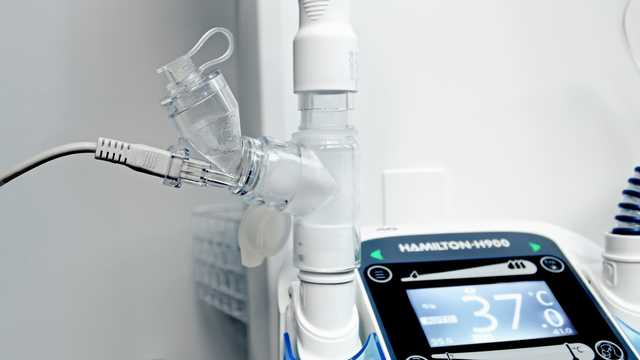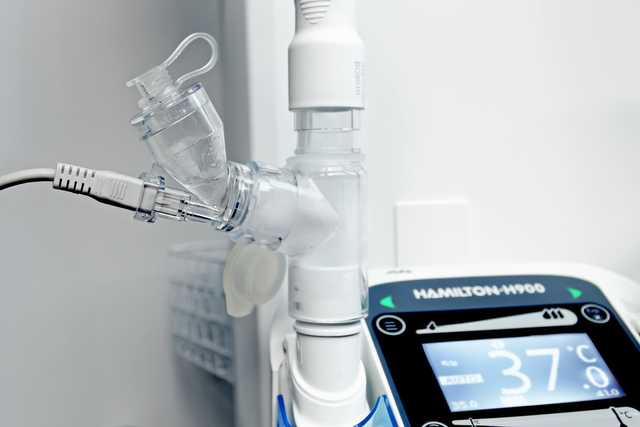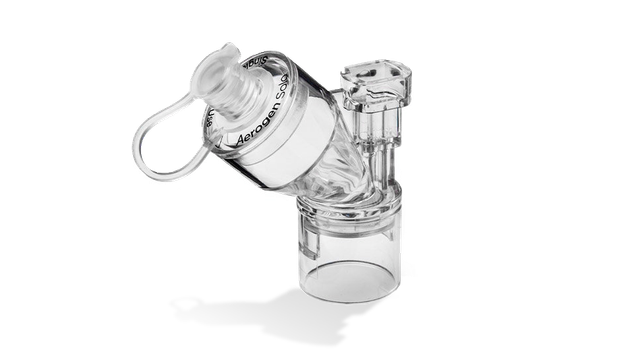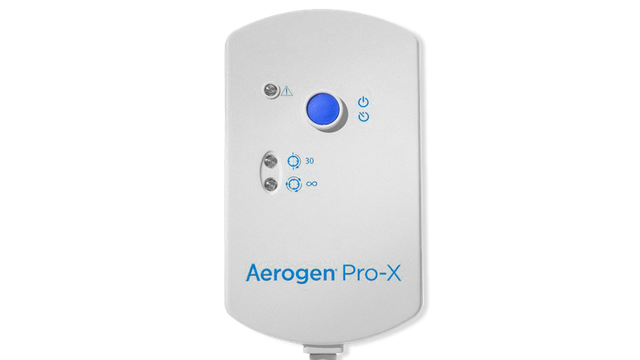Note
- A. Per gli utenti negli Stati Uniti: il controller USB Aerogen deve essere utilizzato esclusivamente collegandolo alla rete elettrica tramite l'adattatore CA/CC per il controller USB Aerogen.


Proponiamo soluzioni per la nebulizzazione targate Aerogen, leader globale nella produzione e nella distribuzione di tecnologie ad alte prestazioni per il trattamento con farmaci somministrati mediante aerosol.

La tecnologia a membrana vibrante produce particelle con dimensioni uniformi, paragonabili a quelle di una gocciolina:

Il controller Pro-X è un dispositivo portatile in grado di alimentare le tecnologie Aerogen in qualsiasi punto della struttura ospedaliera.

Il controller USB Aerogen, con il suo design compatto, permette di alimentare Aerogen Solo tramite la porta USB presente sul ventilatore (